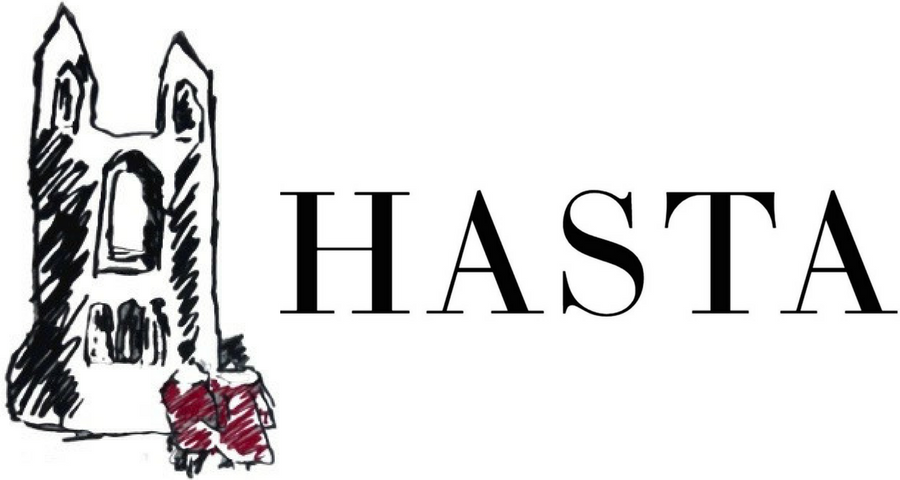What do we do with Great Art by Bad People? A Review of Claire Dederer's Monsters
By Anne Lawton Browder
Claire Dederer, Monsters: A Fan’s Dilemma, 2023, book cover.
Image Courtesy of Waterstones
Part memoir, part experimental ‘autobiography of the audience’, Monsters by New York Times bestselling author and contributor Claire Dederer asks the provocative question, what do we do with good art by bad people? On top of that, how does our response shift depending on the circumstances? And are we consistent in how we withdraw, forgive, or continue to engage as viewers, readers, listeners, and admirers?
These are not new questions. The debate over whether one can, or should, separate art from the artist has long divided scholars and critics. In 1956, Margot and Rudolf Wittkower sought to contextualise and normalise the trope of the ‘difficult’ or ‘immoral’ artist-genius in their ambitious work, Born Under Saturn. In 1968, French literary critic Roland Barthes published his now infamous essay, ‘The Death of the Author’, arguing that meaning is produced by the viewer rather than residing with the artist, an argument often used to justify separating art from biography. More recent scholarship has challenged this stance, rejecting the notion that art can be seen as a neutral aesthetic object separated from social and ethical considerations and is instead produced in and entangled with social realities. Still, however, it remains a contentious and uncomfortable subject. As Dr Tom Rankin, Professor of the Practice of Art and Documentary Studies at Duke University, puts it, ‘I do balk a little bit at having to be the one to decide who’s bad and who’s good.’ While much of this discourse unfolds in academic theory, Dederer brings the problem into the realm of individual experience and emotional response.
It is certainly a complex subject, but one that author Claire Dederer deserves some credit for attempting to tackle. Galvanized by the cultural reckoning of the #MeToo movement and the 2016 United States Presidential Election, she exposes the complex and often difficult relationships viewers have to ‘great’ artists with problematic histories. Through a series of vignettes, and with equal parts panache and candor, Dederer discusses the usual suspects, including, Pablo Picasso, Woody Allen, Caravaggio, and Ernest Hemingway as well as some lesser known ‘monsters’, in order to call into question the ways we interact with, critique, appreciate, and even love the work created by problematic individuals.
Roman Polanski in 1979.
Image courtesy of SNAP/Rex Features and The Guardian.
When I first saw the book’s punchy cover from the shelves of Topping and Co, I picked it up partly out of curiosity, partly out of recognition. Like many who spend time around art, I have asked myself what to do with art I love when I cannot forgive what the artist has done? While I was expecting, and indeed hoping, for a definitive solution to the problem, what I found instead is even more honest and relatable; a personal narrative of reckoning, discomfort, admiration, and the complexities of loving a work whose maker has caused harm.
In the first few pages, Dederer managed to captivate me as she outlines her initial foray into this dilemma, by discussing with almost religious fervor her admiration of films by ‘monster’ Roman Polanski, who, in 1977 drugged and raped thirteen-year-old Samantha Gailey. ‘There is no other contemporary figure who balances these two forces so equally’, she confesses, ‘the absoluteness of the monstrosity and the absoluteness of genius. How would I maintain myself between these contradictions?’ To answer, over 256 pages Dederer explores what it means to admire beauty built from harm.
Pablo Picasso, Les Demoiselles d’Avignon, 1907, oil on canvas, 243.9 x 233.7 cm, Museum of Modern Art, New York.
Image courtesy of The Museum of Modern Art.
To be clear, it isn’t a flawless journey. At times the book ebbs and flows, meandering some in its momentum and direction, and some readers might find Monsters lack of resolution frustrating. Overall, however, I found it to be a deeply personal and thought-provoking read, one that is valuable in and of itself for the questions raised and the personal testimony given, and not just because it offers some kind of definitive roadmap for dealing with such issues. While after reading I don’t necessarily have the answers for how to separate the maker from the made or how exactly we should approach the internal negotiations we perform as viewers, I find myself pausing more often to consider the ethical conditions under which I engage with art, which, perhaps, was the point all along.
Ultimately, Monsters reads as an accessible foray into a complex and often emotionally charged topic, one which could only benefit from increased discourse and contemplation. Less a guidebook, and more of a mirror into our own personal entanglements with admiration and ethics, It is worth a look, even if it offers discomfort rather than resolution.
Bibliography
Barthes, Roland. “The Death of the Author.” In Image–Music–Text, translated by Stephen Heath, 142–148. New York: Hill and Wang, 1977. Originally published 1967.
Cox, Karl. “What Should We Do with the Works of ‘Immoral Artists’?” Duke Research Blog, February 14, 2023. https://researchblog.duke.edu/2023/02/14/what-should-we-do-with-the-works-of-immoral-artists/.
Dederer, Claire. Monsters: A Fan’s Dilemma. New York: Alfred A. Knopf, 2023.
Wittkower, Rudolf, and Margot Wittkower. Born Under Saturn: The Character and Conduct of Artists. New York: W.W. Norton & Company, 1963.



